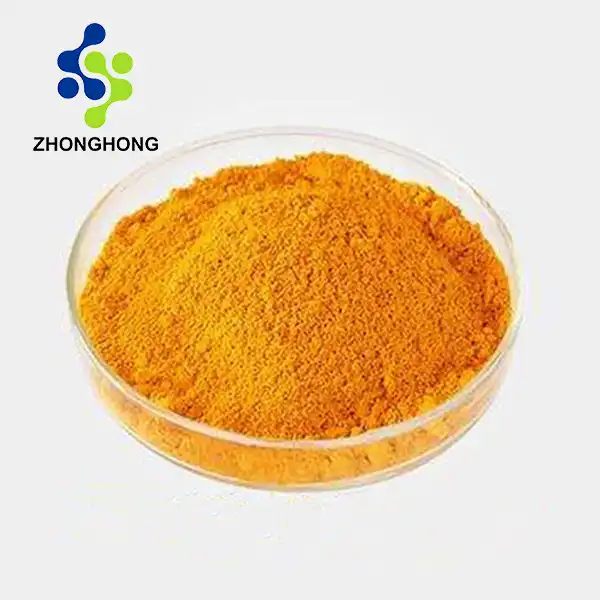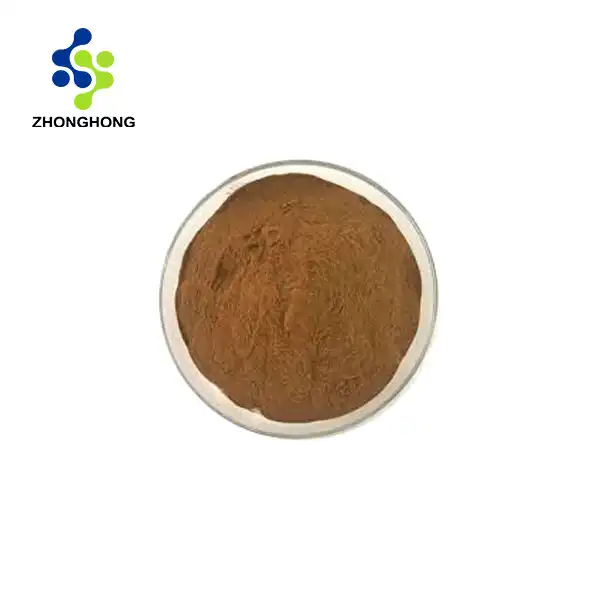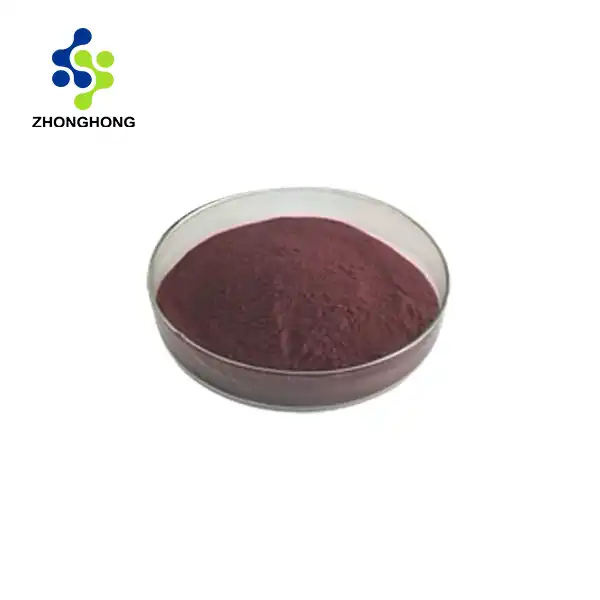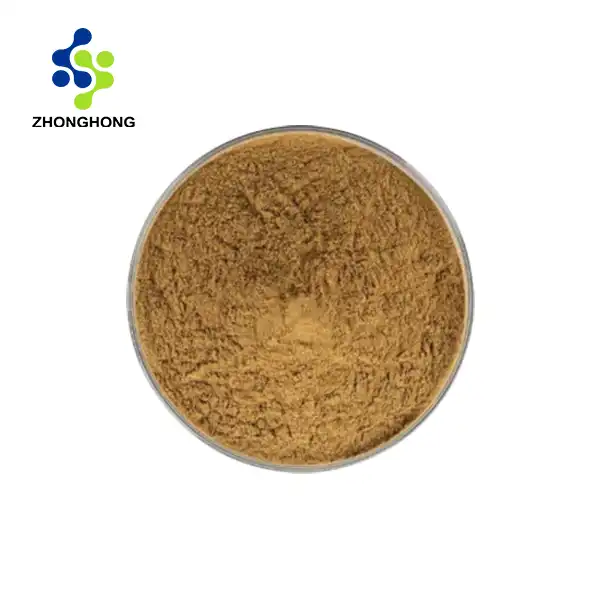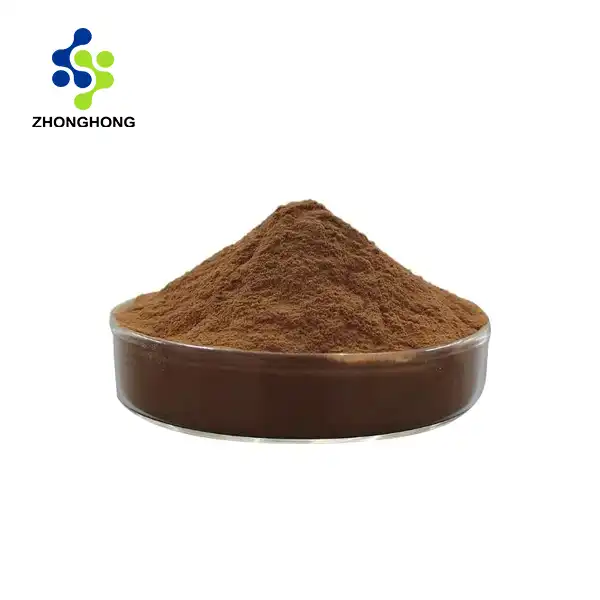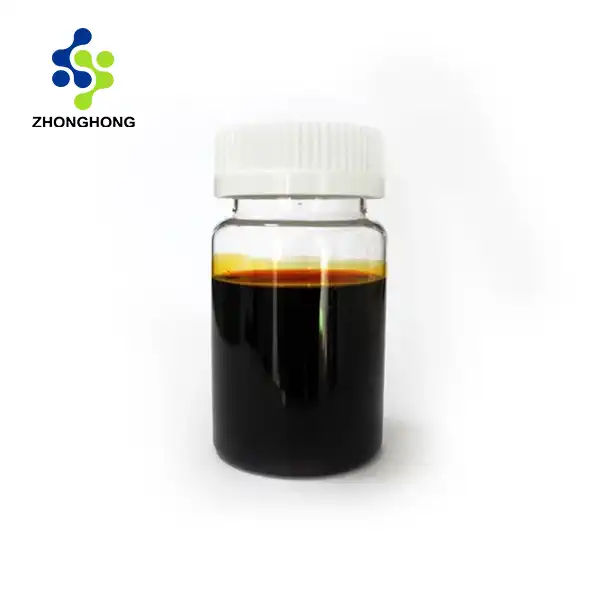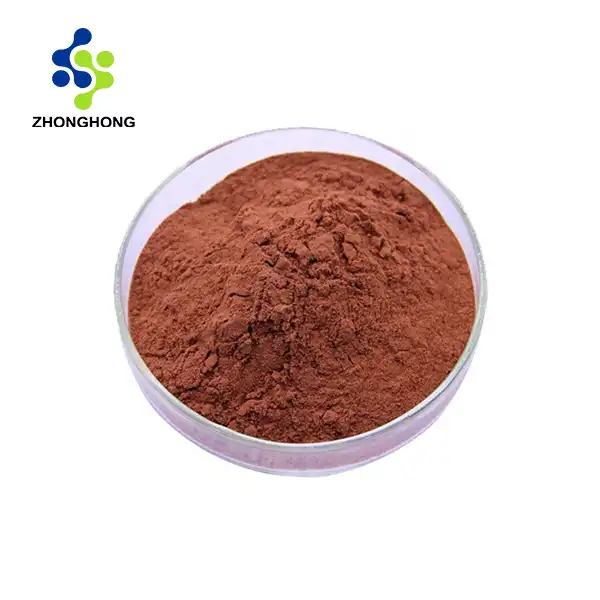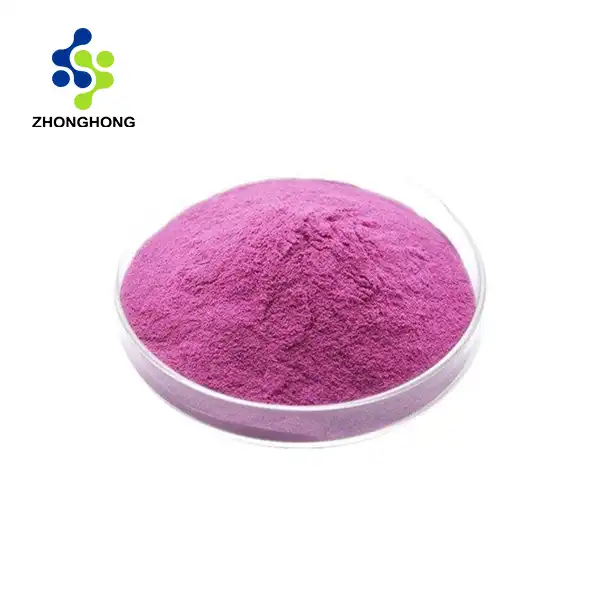Understanding Kojic Acid Powder
Chemical Properties of Kojic Acid
Kojic corrosive, logically known as 5-hydroxy-2-hydroxymethyl-4-pyrone, is a characteristic compound determined from different parasites species. Its atomic structure permits it to connected with melanin generation in the skin, which is the premise of its skin-lightening impacts. The powder frame of kojic corrosive is marginally acidic, with a pH extending from 3.8 to 5.5, making it critical to consider its potential affect on skin pH when utilized in details.
Mechanism of Action in Skincare
Kojic acid's primary mechanism of action involves inhibiting tyrosinase, an enzyme crucial in melanin production. By interfering with this process, kojic acid powder can help reduce the appearance of dark spots, hyperpigmentation, and overall skin tone unevenness. This inhibition occurs at the cellular level, emphasizing the importance of proper formulation to ensure the kojic acid can penetrate the skin effectively and safely.
Safety Considerations
While kojic acid is generally considered safe for topical use, its concentration and formulation are critical factors in ensuring skin safety. The Food and Drug Administration (FDA) has deemed kojic acid safe for use in cosmetic products at concentrations up to 1%. However, using the raw powder directly or in improper concentrations can lead to skin irritation, sensitization, or even adverse reactions. This underscores the importance of using kojic acid in properly formulated products rather than attempting DIY mixtures with water alone.
Proper Usage of Kojic Acid Powder
Ideal Formulations
Kojic acid powder is most effective when incorporated into carefully balanced skincare formulations. These typically include a combination of ingredients that work synergistically to enhance its benefits while mitigating potential side effects. For instance, kojic acid is often paired with other skin-brightening agents like vitamin C, niacinamide, or alpha-arbutin in serums or creams. These formulations also include emollients, humectants, and pH adjusters to ensure skin compatibility and optimal absorption.
Professional Product Development
The development of kojic acid-containing products requires expertise in cosmetic chemistry. Professional formulators consider factors such as stability, pH balance, and ingredient interactions to create safe and effective products. They also conduct extensive testing to ensure the final product maintains its efficacy throughout its shelf life and doesn't cause adverse reactions when used as directed.
DIY Risks and Limitations
Attempting to use kojic acid powder with water alone presents several risks. The uneven distribution of the powder in water can lead to areas of high concentration, potentially causing skin irritation or overexposure. Additionally, without proper preservatives and stabilizers, a simple water mixture can become a breeding ground for bacteria, posing health risks. The lack of penetration enhancers and proper pH adjusters in a DIY water mixture also limits the kojic acid's effectiveness, potentially rendering it ineffective or even counterproductive.
Alternatives to Water-Only Use
Professionally Formulated Products
For those seeking the benefits of kojic acid, the safest and most effective approach is to use professionally formulated products. These come in various forms, including serums, creams, and lotions, each designed to address specific skin concerns while ensuring the kojic acid is delivered in a safe, stable, and effective manner. These products often combine kojic acid with complementary ingredients that enhance its effects and improve overall skin health.
Customized Skincare Solutions
For people with particular skin concerns or sensitivities, working with a dermatologist or skincare proficient to create a customized kojic corrosive regimen can be exceedingly useful. These specialists can suggest or indeed define items that contain the ideal concentration of kojic corrosive for your skin sort and concerns, guaranteeing most extreme viability and minimizing the hazard of unfavorable responses.
Natural Alternatives
For those reluctant around utilizing kojic corrosive or looking for characteristic choices, a few choices can give comparable skin-brightening impacts. Fixings like licorice extricate, vitamin C, niacinamide, and alpha-arbutin offer skin-lightening properties through distinctive components. These can be found in different characteristic and natural skincare items, giving choices for those who favor a more normal approach to skin brightening.
Conclusion
While kojic acid powder cannot be effectively used with water alone, its benefits can be safely harnessed through properly formulated skincare products. For optimal results and skin safety, it's crucial to use kojic acid in professional formulations that ensure proper concentration, stability, and skin compatibility. By understanding the nature of kojic acid and its proper usage, consumers can make informed decisions about incorporating this powerful ingredient into their skincare routines effectively and safely. If you want to get more information about this product, you can contact us at liaodaohai@gmail.com.
_1728976869676.webp)
